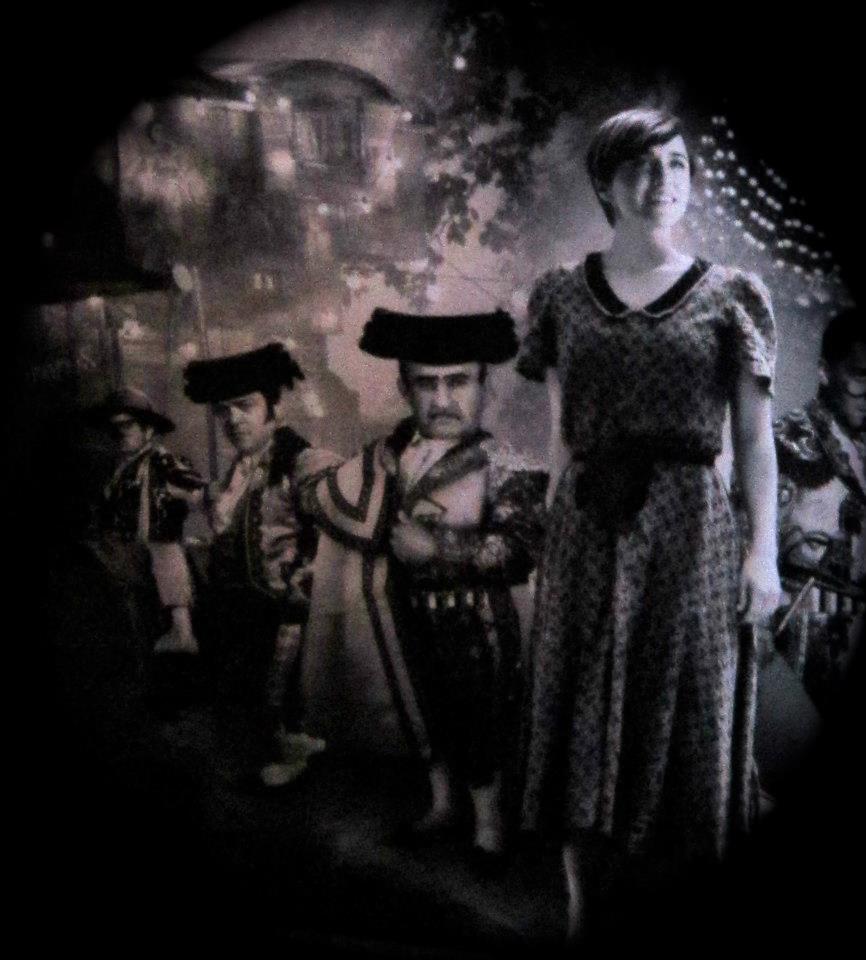Black-and-white filmmaking can be ravishingly beautiful, and Pablo Berger’s BLANCANIEVES had me from start-to-finish by virtue of its images alone. The title is Spanish for “Snow White,” the story on which the film is based, but also evokes the silvery light out of which it is composed. It caught me in a kind of spell, one that was sensory rather than supernatural.
Indeed, there is little in this silent-movie version of the fairy tale that is magical in the most literal sense. Apples can be poisoned and comas have perfectly natural explanations, and the dwarves of the film are not mythical creatures but actual little people. They call themselves, cleverly enough, the “Seven Bullfighting Dwarves” as they travel through Spain with a tauromachian clown act. Blancanieves, the amnesiac daughter of a famed matador left to die by the requisite stepmother, is named with an explicit nod to the fairy heroine. These too are naturalistic touches, as the Brothers Grimm were perfectly well known in Andalucia in the 1920s, and someone surely would have commented on the similarity of the situation.
I loved this film, not only for the imagery, but for its generous spirit, including to the animals among the dramatis personae. There is tenderness and sorrow in the storytelling, and a good deal of love, and much that is crude and cruel but also vital and wonderful about popular entertainment, from circus to carnival to freak show to bullfight. The actors, regardless of species, have beautiful faces, and the manmade and natural settings their own variety of glamour.
I thought, without working out the details, that there was also something allegorical at work, of pre-Civil War Spain and what happened after. I was all the surer of this when BLANCANIEVES ended with sleep and a tear, a countenance in peace wetted by sadness.
Check listings for viewing options.

One response to “Blancanieves”
[…] but has since left; she has continued to make music, including an award-winning song for the film BLANCANIEVES. On Saturday night she sang – and amusingly called attention to the fact – in six languages, […]